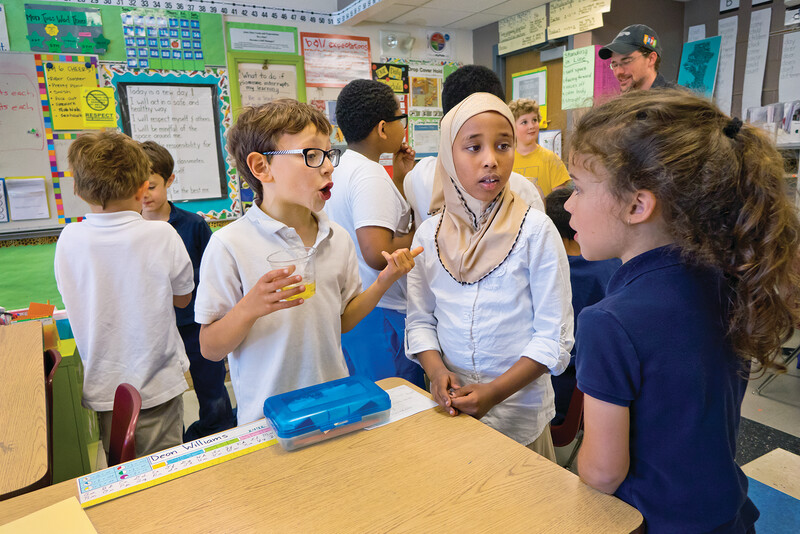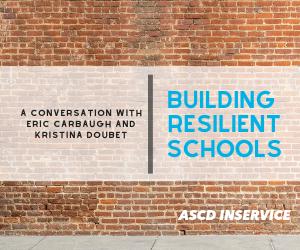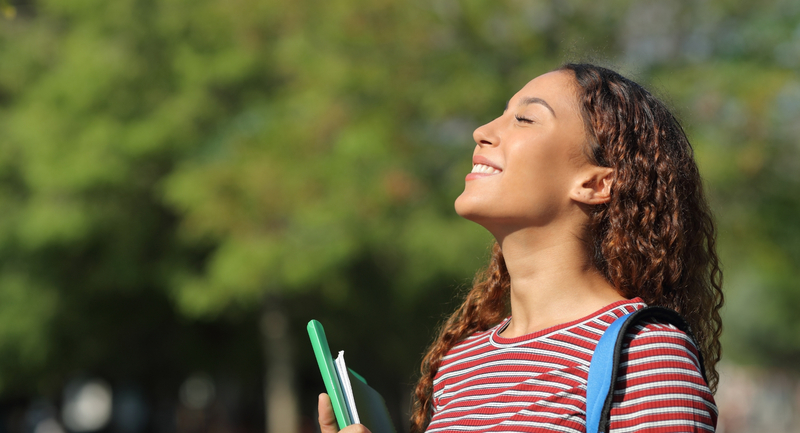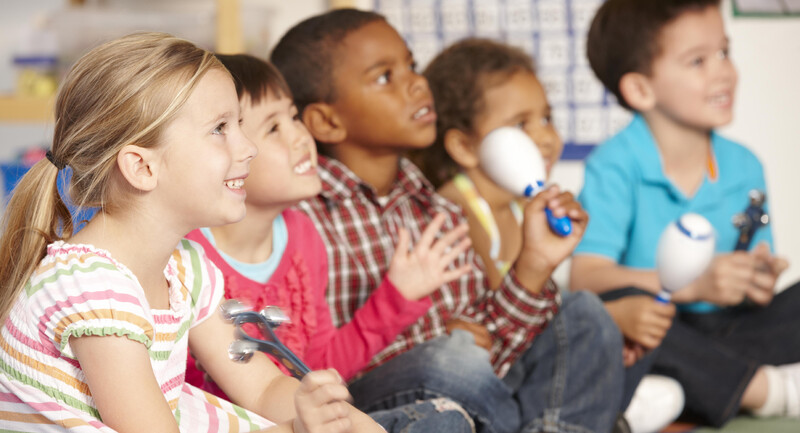Simple classroom strategies to enrich connections among students and their peers.
Children are often our greatest teachers. Rocio’s [one of the coauthors] children, who attend a dual language English/Spanish program in a public school in San Antonio, taught her quite a bit about learning during the pandemic. Although every family’s pandemic experience has been different, studying these multiple experiences in-depth can give us some insight into how to plan for the upcoming academic year.
Like most public school children around the country, Rocio’s daughter Yaretzi started her kindergarten remotely last fall. In early October, the school offered parents a choice: Children could continue their schooling with their assigned teacher through Zoom, or they could return to the physical classroom for face-to-face instruction. Although the decision to go back in-person was not an easy one to make, Rocio believed that her daughter’s eagerness for school would help her academically. Yaretzi was excited about playing with children her own age. For the first few days, Yaretzi was in high spirits. But she soon said she no longer wanted to go to school. She explained:
School is boring. I sit at my desk all day behind plastic. I’m not allowed to touch my friends. We can’t use the playground.
All the things she loved most about school had been compromised.
Meanwhile, Yaretzi’s brothers Santiago and Fernando were thrilled to learn that they could go back to school. They both expressed what a joy it was to see their friends, even those who were learning remotely and only present on a screen in the classroom. But their biggest complaints were also socially focused. They were troubled over not being able to attend specials (PE, art, music), that lunchtime was expedited, and that learning to play the recorder was postponed to the end of the year.
As Rocio's experience illuminated, children desperately want to socialize. When opportunities to interact with others are limited (even for their own health and safety), they often grow disillusioned with school.
Have Children Socialize Throughout the Day
This fall, teachers will expectedly focus much of their attention on how the remote/hybrid year affected students academically. It is important to keep in mind, though, that students’ social-emotional health was equally impacted as well, according to a recent study published in Educational Researcher. They’ve had fewer opportunities to interact with peers and to practice skills like respecting others, being kind, and understanding the feelings and point of view of others.
Consequently, they will need moments throughout the instructional day to practice these skills. Some children may also feel anxious about being away from home or working in whole and small groups. Because these feelings can further contribute to their social challenges, having strategies on hand for reducing anxiety and stress is important.
Building positive relationships with students is the core of successful teaching and learning. One study performed on middle school students found that students developed a stronger sense of belonging and community when they found their classwork fun, active, and meaningful. Teachers should capitalize on students' inherent desire to interact with others.
Teachers might consider trying simple community-building strategies:
- Have students develop a special handshake to greet each other. They can teach a made-up greeting to peers, or choose between a typical handshake, a high five, or a special hello (e.g., bonjour, hola, hallo) if there are time constraints.
- Ask students to check in with a partner. Students can pair up with a buddy and ask what they did the night before; what they do for fun; or what they are looking forward to that day, evening, or weekend.
- Ask students to share something that is special to them. They could show a drawing, summarize a book they are reading, or read a poem or song they have written.
- Develop daily routines to check in with students and help them identify how they are feeling and the reasons why that may be the case.
In addition, during instruction, teachers could try using:
- Instructional strategies that prompt all students to share their answers with one another, as opposed to one student at a time sharing with the whole group. For example, after teaching a skill or concept, a teacher can ask the students to respond to questions by “air writing” or whispering to a peer.
Related Resource
For more on motivating students to participate, see Total Participation Techniques: Making Every Student an Active Learner, 2nd Edition, by Pérsida Himmele and William Himmele.
- Interactive strategies, such as a gallery walk or chalk talk, that instruct students to move around the room in pairs or small groups and reflect on what they see (such as photographs or artifacts) or respond to divergent questions pertinent to the lesson. As an example, after reading about the Holocaust, a teacher can place artifacts around the room, such as a photograph of Anne Frank, and have paired students answer questions about the artifacts (After seeing the picture of Anne Frank and reading her statements about life, what three questions would you ask her?).
- Instructional cards and board games, which can be used to reinforce content. After teaching about the parts of speech, for instance, a teacher can make a game board with the different categories written in individual boxes. Groups of students can take turns rolling a die, moving their chosen game piece accordingly, and defining the part of speech or providing an example. This builds community even during learning.
- Content that is connected to students’ lives, backgrounds, and experiences. As an example, before reading the book Last Stop on Market Street (G.P. Putnam's Sons Books for Young Readers, 2015), a teacher can use a Think-Pair-Share with students and ask a question such as, When was the last time you rode a bus? Where did you go? Who were you with? Can you describe the experience? During the reading, the teacher can ask how they spend time with loved ones or what they see when they close their eyes. After the reading, the teacher can ask how they help others, why it is important to help others, and what are some ways the class as a whole can help others.
Teachers can leverage these and a myriad of other interactive strategies that invite students to socialize throughout the day. As Julie Hubbard, from the University of Delaware, told WHYY, students have some "catching up to do." She hopes educators will first and foremost "let kids play" and "let them interact" this school year.








